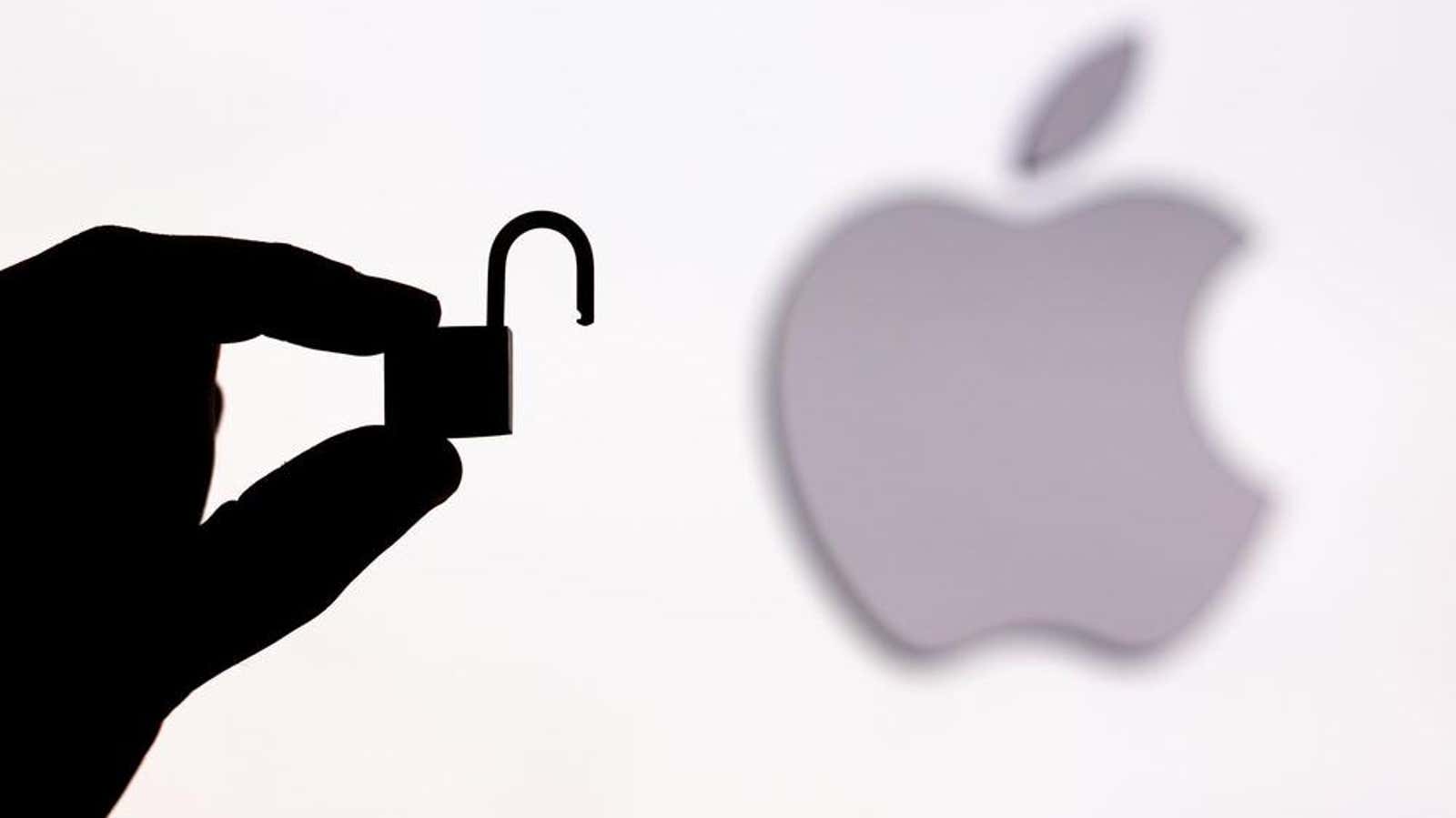What’s up With Apple’s New “private Relay”?

At this year’s WWDC launch, Apple shared a host of important discoveries, most of which were immediately overshadowed by a parade of new iOS 15 features . One of the most significant was the announcement of Private Relay, a new service coming to iCloud + subscribers that promises to make Safari even more private when updated to the upcoming iOS 15, iPadOS 15 and macOS Monteray.
Here’s how it works: When it’s active, the Private Relay encrypts your browsing data and sends it through two relays (or servers, essentially). The first changes your IP address to a random one based on where you live, effectively hiding your device’s identity from your ISP (and anyone else).
After encrypting your browsing data and encrypting your IP address in the first relay, the data is then sent to a second, separate relay, where it is decrypted, allowing you to connect to a given website.
What’s the difference between Apple Private Relay and VPN?
If this sounds like a VPN to you, you’re not entirely wrong, but there are some significant differences between the two. First, unlike a VPN, Apple Relay decrypts your browsing data on a second server; VPNs keep your data encrypted at all times.
However, the dual-server Apple Private Relay setup adds an extra layer of privacy that many VPNs lack. Some – but not all – VPNs keep track of who connects to their servers. Since all activity takes place on the same server, someone can use VPN logs to track user activity on their server. Apple Relay splits everything between two relays, similar to how Tor anonymizes browsing data, but with fewer relays; In theory, this means that Private Relay shouldn’t affect browsing speed that much. After the first server encrypts your data, no one – not even Apple – can trace it once it is sent to the second server. At least that’s how Apple claims it works.
Another difference is how Apple Relay handles IP masking. Most VPNs allow you to select a proxy region to bypass geo-blocking, which is how VPNs can allow US users to watch Netflix content exclusively for other countries. Apple Relay masks your IP in the same way a VPN does, but the fake address will match your current location, which means you can’t use it to bypass regional geoblocks. Private Relay is also not available in some countries, especially China and Saudi Arabia .
Finally, Apple Private Relay is only available in Safari for iOS 15, iPadOS 15, and macOS Monteray users. VPNs work on any device and browser they support.
To Apple’s credit, the company is making it clear that Private Relay is not a VPN. But if you don’t specifically need to use a VPN to bypass geo-blocking, or you only use browsers other than Safari, perhaps Private Relay could replace a paid VPN for iCloud + subscribers – at least after iOS / iPadOS 15 and macOS Monteray. released later. year.
[ HowToGeek ]